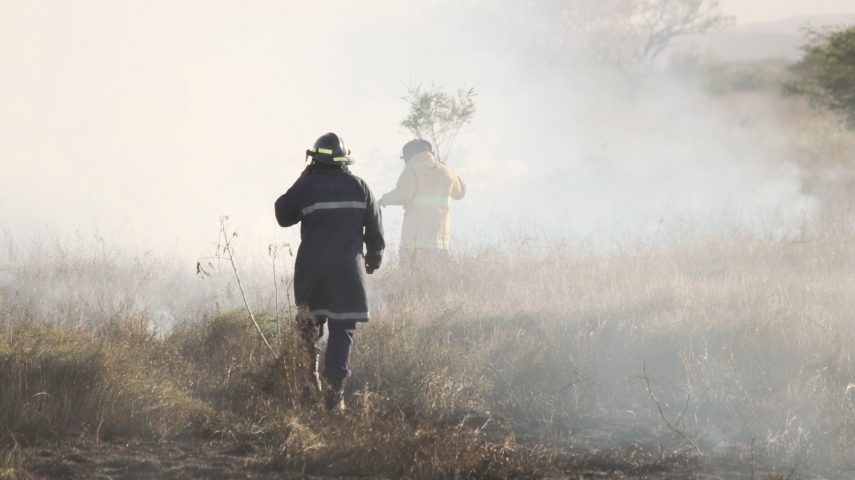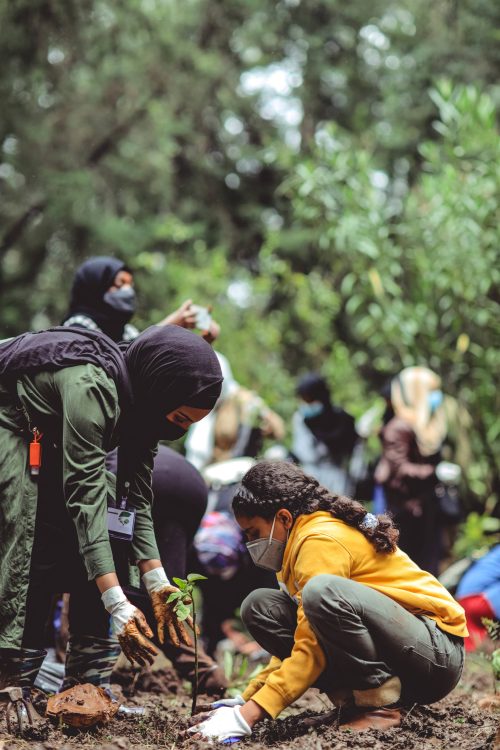Preventing forest fires all year round

Want to be more productive? Take a break!
May 23, 2023
Welcome to our relaunch: Introducing the Blue Print
June 1, 2023
The forest that has been neglected or abandoned is more fragile and at risk of fire. As a result, rigorous monitoring and sustainable forest management based on good silvicultural practices are critical to mitigating the impact of the fires that destroy our forests every year. More important than focusing almost entirely on fighting fires is reducing the likelihood of them occurring or spreading uncontrollably.
Caring for the forest demands more than just a large number of firefighting resources during the critical season; it also needs year-round monitoring and preventative efforts.
Everything in a responsibly managed forest is planned and structured, from planting through felling, including vegetation control and the maintenance of access and discontinuity strips, in a year-round cycle of operations. All of this is done so that when the temperature rises, the humidity lowers, and the wind picks up, the forest is better equipped to withstand fires and limit their impacts. These are the forests that burn less often and recover more quickly.
On the European continent, the Mediterranean region accounts for roughly 80% of total burned area per year, with Portugal being the most affected (140 thousand hectares per year between 2009 and 2018). The threat of forest fires has become a social, environmental and economic emergency, and requires a new approach to fire defense.
Active management in the defense of the forest
Responsible forest management brings economic (higher productivity), social (rural development) and environmental benefits (enhancing the recovery of areas of conservation value and minimizing impacts). The forests with the most management actions, controlled by the national paper industry, are an example of excellent practices in action. There are 165 thousand hectares (about 5% of the Portuguese forests, including eucalyptus, pine, cork oak and other species), with forest management certified by the international FSC®1 and PEFCTM2 systems, and where, thanks to active management, it has been possible to mitigate the impact of fires: the burned area represents less than 2% of the total of these forests in the last ten years on average.
How to make the forest more resilient
- An effort by everyone
Throughout the year, the forest is protected through the pooling of knowledge, communication, and integration of all agents on the ground – municipalities, forestry associations, civil protection, fire departments, industry, and others. Forest planning & active and careful management, regardless of tree species, lower the probability of fires occurring, spreading out of control, and inflicting substantial damage. In a country where smallholdings are predominant and population desertification of the interior is on the rise, concerted measures present an extra challenge.
- Reduce the fuel load
The most critical fuel in fire spread is found close to the ground. These are the bushes that grow year after year and are vulnerable to fire during the summer. Controlling this vegetation until late spring decreases the chance of fire spread; otherwise, conditions are established for the fire to expand quickly at ground level and reach the tree tops, causing fires to become more severe and difficult to control.
- Improving Infrastructures
As summer approaches, forestry activity focuses on maintaining the road network and vegetation discontinuity strips to facilitate combat vehicle transit and create opportunities to stop the spread of fire. Good forest infrastructure provides the means to fight fires in a safer, more efficient, and effective manner.
The Navigator Company’s sustainable forests support National Geographic Portugal in reducing its ecological footprint.
Sources: WWF – 2019 Report. The Mediterranean burns: WWF’s Mediterranean proposal for the prevention of rural fires | CELPA (2018). Boletim Estatístico da Indústria Papeleira Portuguesa | Beighley M. e Hyde A.C. (2018). Portugal Wildfire Management in a New Era – Assessing Fire Risks, Resources and Reforms.




